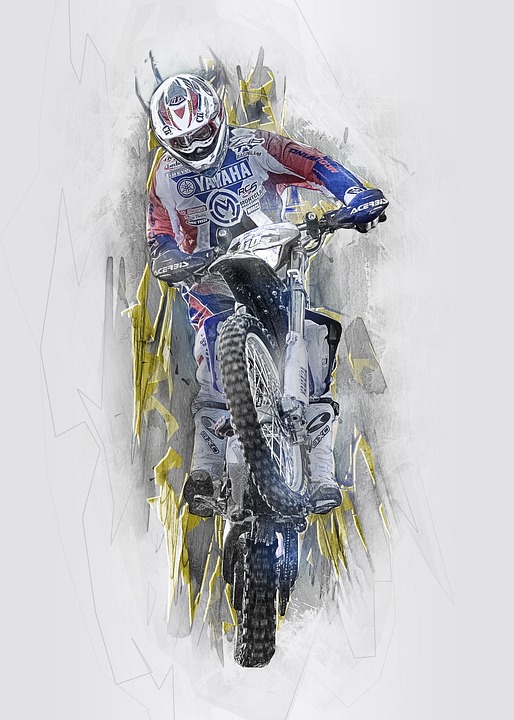Title: Peering into the Magic of U-Net: Unveiling the Fascinating World of Denoising with U-Net Blocks
Introduction:
In the realm of image processing, noise reduction is a critical task that can make or break the quality of an image. In recent years, a deep learning model called U-Net has emerged as a powerful tool in tackling this challenge. Its ability to denoise images by leveraging the concept of forward diffusion has caught the attention of researchers worldwide. In this article, we will delve into the workings of U-Net and unravel how it effectively denoises the output using its distinctive U-Net blocks.
Understanding the Nature of Noise:
Before diving into the intricacies of U-Net, let’s first explore the nature of noise in images. Noise can originate from various sources, such as sensor limitations, low-light conditions, or transmission artifacts. It manifests as random variations in pixel intensity, resulting in a loss of image clarity and detail. Denoising techniques aim to restore the original image by removing such unwanted variations.
Introducing U-Net:
Named after its U-shaped architecture, U-Net is a convolutional neural network that combines the strengths of encoding and decoding pathways to produce accurate and visually coherent results. It was initially designed for biomedical image segmentation, but its effectiveness in various image-to-image tasks, including denoising, has been widely recognized.
U-Net Architecture:
The U-Net architecture consists of four fundamental components: the encoder, decoder, skip connections, and U-Net blocks. The encoder extracts high-level feature representations from the input image, while the decoder reconstructs the output from these features. Skip connections bridge the gap between the encoder and decoder, allowing the network to preserve crucial spatial information.
The Inner Workings of U-Net Blocks:
One of the key elements of U-Net’s denoising magic lies in its U-Net blocks. These building blocks are responsible for refining the denoised output by integrating both local and global information.
1. Localization Path:
The localization path, also known as the encoder, captures hierarchical features by employing a series of convolutional layers. These layers gradually reduce the spatial dimensions while increasing the channel depth. This process enables the network to learn semantic representations that encompass increasingly abstract features.
2. Expansive Path:
The expansive path, or the decoder, mirrors the architecture of the localization path in reverse. It consists of up-convolutional layers, also known as transpose convolutions, that upsample the feature maps, gradually restoring the original spatial dimensions.
3. Skip Connections:
To address the issue of lost spatial information during downsampling, skip connections are introduced. These connections transmit feature maps from the localization path to the expansive path. By combining the local and global information, the network gains a better understanding of the image context and can reconstruct more accurate details.
Forward Diffusion for Denoising:
Now, let’s explore how U-Net effectively utilizes the forward diffusion concept to denoise the output during the decoding phase.
1. Noisy Input:
At the start of the decoding phase, the U-Net model takes the noisy image as input. This image is obtained by adding random Gaussian noise to the original clean image.
2. Localization Path:
The noisy image goes through the localization path, where it undergoes a series of convolutional operations to extract high-level features. These features capture both local and global information about the image.
3. Expansive Path:
Simultaneously, the encoder’s output passes through the expansive path, which aims to reconstruct the output by progressively upsampling the feature maps.
4. U-Net Blocks Denoise the Output:
At each stage of the expansive path, the U-Net blocks intervene and denoise the output. By incorporating both local and global information, the U-Net blocks effectively remove the noise while preserving the important structural details of the image.
5. Final Output:
After passing through the U-Net blocks, the network produces the final denoised image, which showcases enhanced clarity and reduced noise artifacts.
Real-Life Applications:
The potential applications of U-Net denoising are vast and extend beyond the realm of photography. For instance, the medical field has embraced U-Net’s capabilities to denoise MRI scans, resulting in improved diagnostics and enhanced clarity. Similarly, U-Net denoising finds utility in areas like robotics, satellite imaging, and surveillance systems.
Conclusion:
The U-Net model with its unique U-Net blocks provides an effective solution to the challenge of image denoising. By exploiting the concept of forward diffusion, it successfully eliminates unwanted noise while preserving vital image details. With its remarkable performance and versatility, U-Net is reshaping the field of image processing and opening avenues for innovation across multiple domains. As we continue to explore the fascinating world of U-Net, the possibilities for its application and refinement seem endless.

